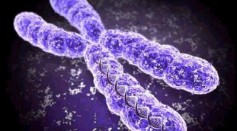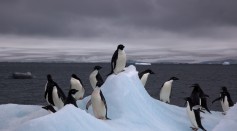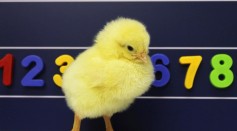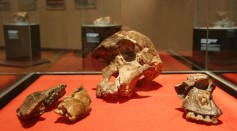evolution
From Single Cells to Us—The Tale Of Evolution As It's Told At Deep-Sea Vents
The Curious Case of Birds—How Evolution Has Led to Less Differences Than Charles Darwin Thought

Genetic “Adam” Lived 239,000 Years Ago, Landmark Study Says
Ancient Human Jaw Bone Evidence of Earlier Evolution

Life in The Cold—How Penguins Deal Without Sweet & Savory Sensations

Think That Chicks Are Just Plain Cute? Well It Turns Out That They Have a Knack for Numbers Too

Ancient Man May Have Been More Tactile Than We Thought—Stone-Age Brains & Modern-Day Hands
Most Popular

How Technology Is Changing the Real Estate Industry?

How a Plant-Based Diet Can Protect Against Breast Cancer: Insights from Nutrition Research

Study Reveals High Turnover in Scientific Research Careers: What This Means for Future Scientists

Why It's So Difficult to Lose Weight: The Biological Explanation Behind Obesity





